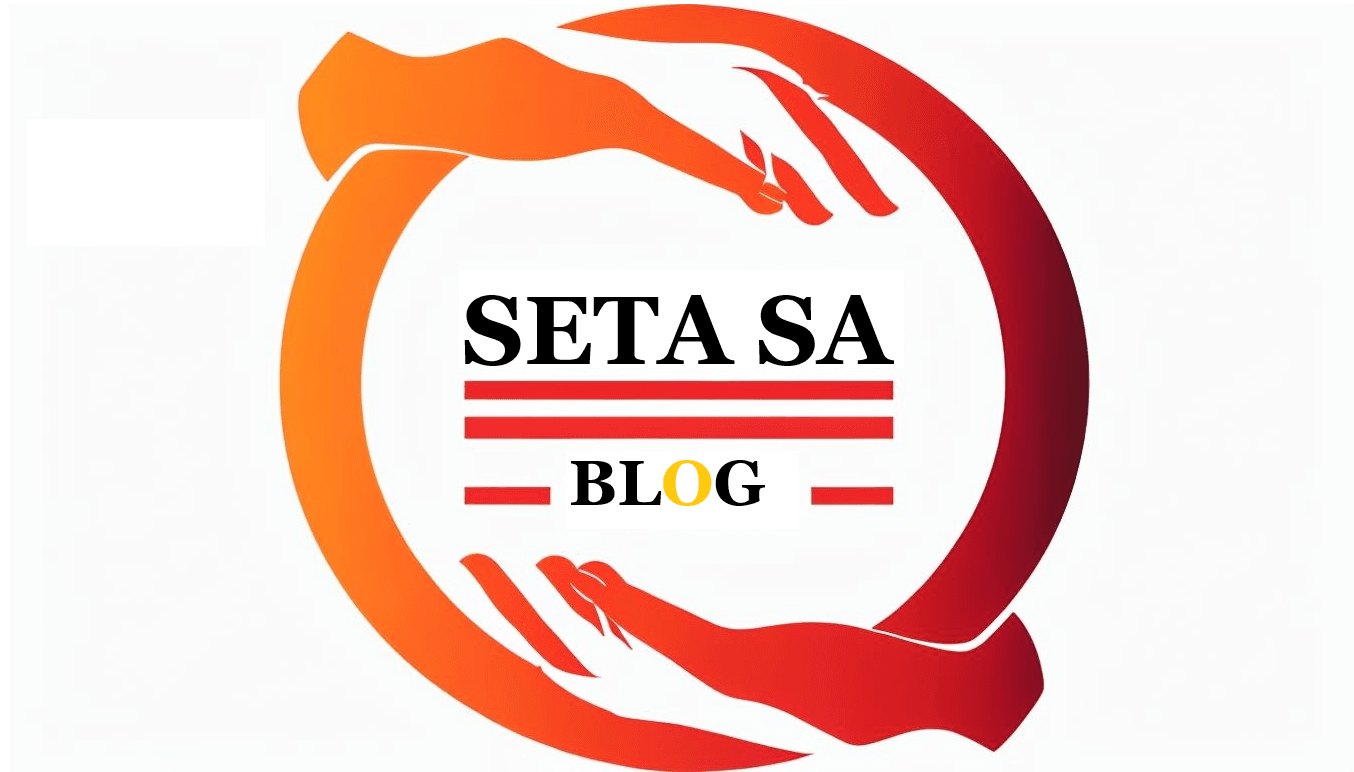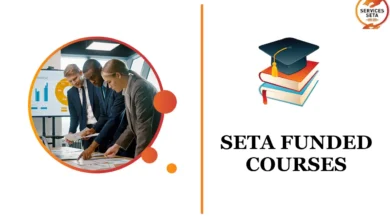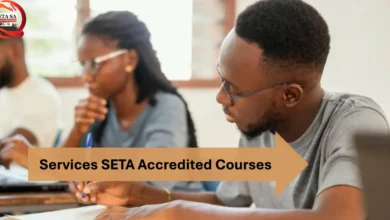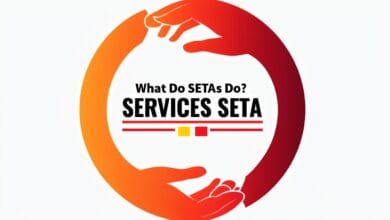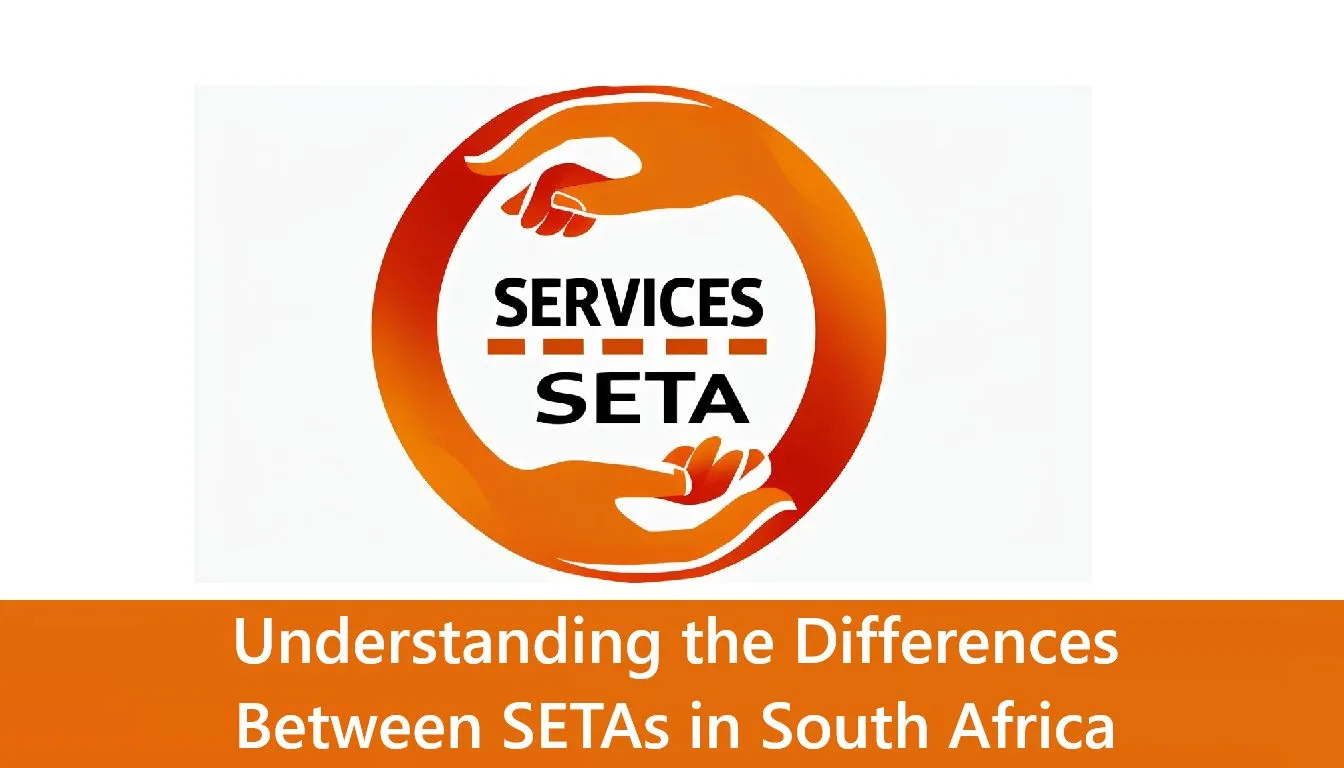
If you’ve ever wondered why some South Africans step straight into jobs while others struggle despite qualifications, the answer often lies in how they were trained and who guided that training. Behind the scenes, a network of 21 powerful bodies is shaping the skills of the nation — the Sector Education and Training Authorities (SETAs). From agriculture to IT, these organizations don’t just hand out certificates; they connect education to real careers, align industries with talent, and even influence the country’s economic growth.
What Exactly Are SETAs?
Sector Education and Training Authorities exist to close the gap between what the job market demands and what training institutions deliver. Each SETA oversees a specific slice of the economy — whether that’s construction, healthcare, media, finance, or manufacturing — and ensures training matches industry needs.
They were created under the Skills Development Act of 1998 to:
- Identify skills shortages in their sector.
- Fund and manage targeted training programs.
- Accredit training providers so qualifications hold national value.
- Distribute funds collected through the Skills Development Levy (SDL).
With 21 SETAs operating under the Department of Higher Education and Training (DHET), almost every industry in South Africa has a dedicated authority driving its skills pipeline.
Why They Exist — and Why They Matter
The birth of SETAs came during South Africa’s post-apartheid transformation, when unemployment was high and vocational training was fragmented. The government needed a system that could not only strengthen the economy but also open doors for historically disadvantaged communities.
By working hand-in-hand with employers, unions, and training institutions, SETAs ensure that training isn’t random — it’s targeted, practical, and linked directly to real jobs. Their work supports national strategies like the National Skills Development Plan (NSDP) and Broad-Based Black Economic Empowerment (B-BBEE), making them both economic and social change agents.
How SETAs Are Structured and Governed
Each SETA is a public entity, run by a board made up of:
- Industry experts and employer representatives.
- Organized labour leaders.
- Government officials.
This tripartite setup ensures decisions are balanced and aligned with both economic priorities and worker needs.
Day-to-day operations are handled by a CEO and teams focused on:
- Skills planning and research.
- Quality assurance.
- Learning program coordination.
- Finance and grant disbursement.
The DHET regularly reviews SETA performance, and under-performing SETAs can be merged, restructured, or placed under administration.
Funding: The Skills Development Levy in Action
SETAs are funded primarily through the Skills Development Levy — a 1% payroll tax paid by employers with an annual wage bill over R500,000. The money is split as follows:
- 20% → Mandatory grants back to compliant employers.
- 49.5% → Discretionary grants for learnerships, internships, and bursaries.
- 30% → National Skills Fund for unemployed training.
- 0.5% → Administration.
This system rewards employers who invest in training and ensures funds are ring-fenced for skills development.
Learnerships, Apprenticeships, and RPL
SETAs manage programs that blend classroom learning with workplace experience. These include:
- Learnerships — leading to a nationally recognized qualification.
- Apprenticeships — for technical trades like welding, plumbing, and electrical work.
- Recognition of Prior Learning (RPL) — assessing and certifying skills gained through experience.
For learners, this means real work exposure, stipends during training, and qualifications that employers trust. For companies, it’s a chance to shape talent pipelines and recoup training costs.
Industry-Specific Examples
- MICT SETA — Powers digital skills, from coding to cybersecurity.
- CETA — Trains artisans and project managers in construction.
- HWSETA — Develops healthcare and social services professionals.
- Services SETA — Offers training in hospitality, marketing, real estate, and more.
Each operates with a laser focus on sector trends — whether it’s automation in manufacturing or green tech in agriculture.
Impact on South Africa’s Workforce
SETAs enroll over 150,000 learners annually and distribute billions in grants, resulting in:
- Higher employment rates for graduates.
- Increased productivity in participating industries.
- New career pathways for marginalized communities.
Real-world wins include MICT SETA graduates moving into global tech jobs and CETA-funded artisans building much-needed infrastructure in rural areas.
Challenges and Room for Improvement
While SETAs have made significant contributions, they face ongoing challenges such as:
- Slow grant disbursement.
- Low public awareness of opportunities.
- Quality inconsistencies in training.
The DHET is tightening oversight, merging some SETAs, and introducing performance-based funding to ensure better outcomes.
The Future: 4IR and Digital Transformation
With the Fourth Industrial Revolution reshaping every industry, SETAs must adapt quickly. This means:
- Partnering with tech companies.
- Offering online and blended learning.
- Funding programs in AI, data science, and renewable energy.
Forward-thinking SETAs like MICT and merSETA are already piloting e-learning platforms, virtual simulations, and blockchain-based credentials.
Choosing the Right SETA
If you’re an employer, register with the SETA aligned to your industry to access grants and tailor training. If you’re a learner, explore SETAs offering programs in your desired career path. Check:
- Sector relevance.
- Accreditation of programs.
- Track record and industry connections.
SETAs are more than administrative bodies — they’re engines of South Africa’s skills economy. By aligning education with industry, funding targeted programs, and ensuring quality, they create opportunities that transform lives and strengthen businesses.
Whether you’re running a company, starting a career, or looking to upgrade your skills, the right SETA could be your gateway to sustainable success.
FAQs
A Sector Education and Training Authority manages skills development in a specific economic sector, ensuring training meets national and industry standards.
Through the Skills Development Levy — a 1% payroll tax on qualifying employers.
Yes, for learnerships, internships, and bursaries via SETA websites or accredited providers.
They are nationally recognized and sometimes accepted abroad, depending on the receiving country or institution.
